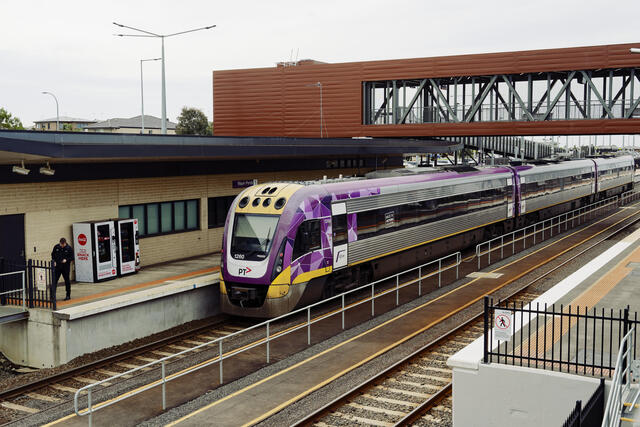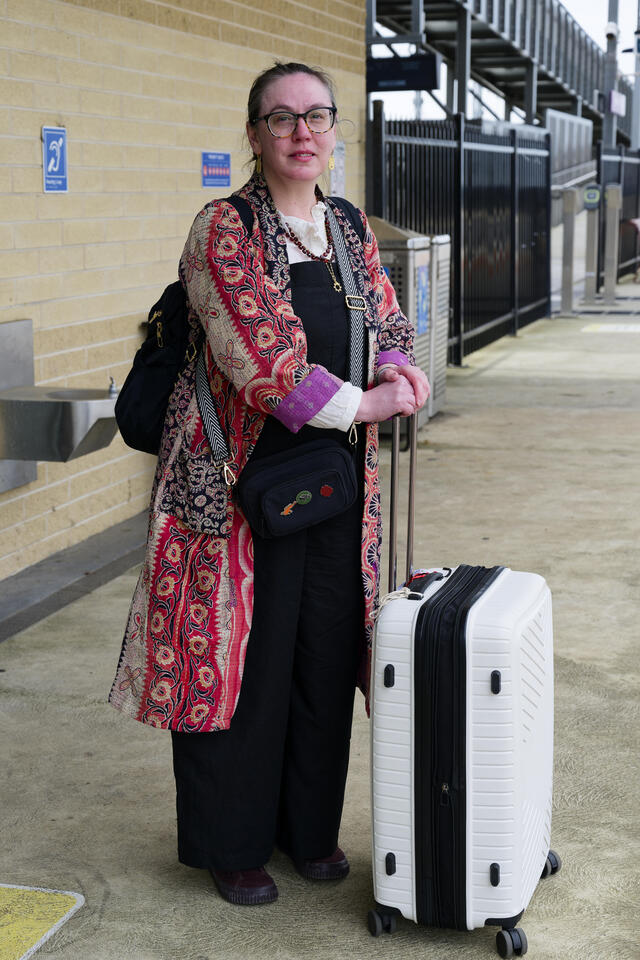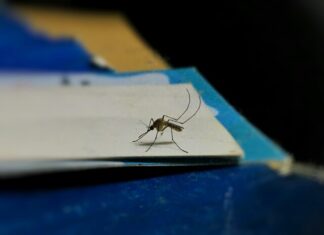Trains have returned to operation on the Geelong and Warrnambool lines after a 72-day blitz that resulted in the removal of two level crossings.
Services resumed on Monday August 26 with the South Geelong to Waurn Ponds track duplication now complete.
The works duplicated 8km of track, upgraded Marshall and South Geelong stations and removed level crossings at Fyans Street and at Surf Coast Highway.
Trains will now travel over new rail bridges at the two crossings with Fyans Street featuring a new streamlined road alignment, along with picnic facilities and rest areas available in the new open space around the rail bridge.
The duplication of more than 8km of track between South Geelong Station and Breakwater Road, and from Marshalltown Road to Waurn Ponds Station, will make it easier for trains to pass each other and reduce unexpected delays.
The project’s upgrades have also increased capacity on the line to allow for future additional services between Marshall and Waurn Pond stations, which both feature a second platform, accessible pedestrian overpasses, 300 new car parking spaces, improved shelter and CCTV to improve safety for passengers.
“People in Grovedale, Surf Coast, and across the Bellarine have been asking for this rail duplication and removal of the level crossings for years and we’ve finally done it – it will mean more trains on the line and shorter, safer travel,” Member for Corangamite Libby Coker said.
Crews will continue minor works at the stations including finishing the Yarra Street car park entrance and lifts at South Geelong Station, and the forecourt and lifts at Marshall Station, with work on landscaping and walking and cycling paths to continue in spring.
Upgrades to train detection technology have also been completed on the remaining public level crossings between Waurn Ponds and Warrnambool as part of Stage 2 of the Warrnambool Line Upgrade, which will enable the introduction of VLocity trains by the end of the year.
The South Geelong to Waurn Ponds Duplication total project cost is $933.6 million with the Australian government committing $784.1 million.








